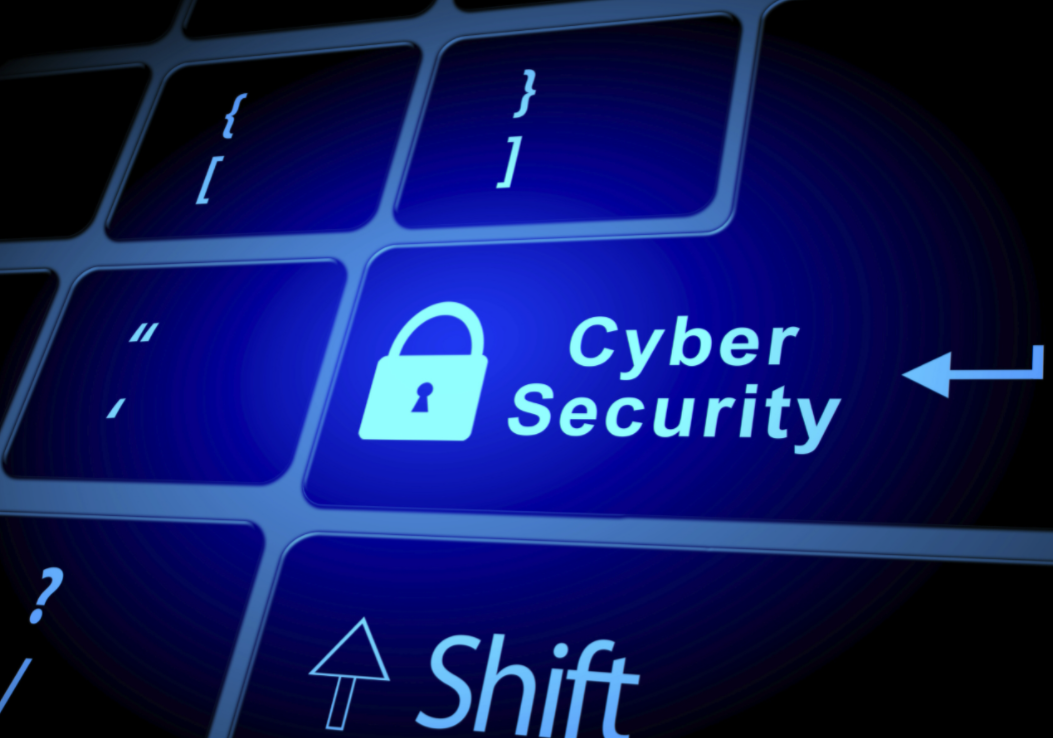Unfortunate as it might be, one single solution is not going to eliminate any and all of your cybersecurity woes. That said, there are plenty of ways that you can mitigate the majority of threats and minimize their chances of success. One of the best ways is to construct a culture of cybersecurity awareness within your organization that encompasses all employees, including upper-level management and the C-suite. Here are 11 ways that you can build up an enduring culture of cybersecurity awareness for your business.
Gamification
Engagement is key if you hope to impart any security knowledge to your team members. One way to make your training more engaging is to make it fun, or at least as fun as you can reasonably expect it to be. For example, you can run simulations of attacks while offering incentives to the employees who successfully manage to identify and report them. This kind of exercise gives your team real-world experience that they can use in the event of a live threat.
Incorporate Security Awareness from the Start
If your new employees’ first impressions of your business are that you do not care about cybersecurity, they will naturally lean in the direction of not caring themselves. Therefore, it makes sense to focus on it right from the start of the employee’s tenure at your company. If you can start their employment with good habits early on, you will be much more resistant to threats moving forward. You can say that investing in cybersecurity training and awareness compounds over time.
Emphasize that Mistakes Will Happen
Even the most thorough plans are subject to the randomness of the world. Accidents are going to happen, no matter how much you prepare your team to handle them. A critical part of your cybersecurity training is to make sure that your employees understand that mistakes will happen. More importantly, you cannot villainize these mistakes. If employees believe they will be punished for them, they will make more efforts to hide them, which can lead to even more issues down the road. It’s more important that the issues get resolved and that the employee gets educated to prevent future problems.
Customize Training Based on Situation, Work Roles, and Age Groups
A business is made up of a diverse group of individuals with varying skill sets, roles, and responsibilities. As such, you cannot expect one single training method to work for every single one of them. Diversifying your training strategy by utilizing different methods to account for various learning styles is a great way to help your team members understand the importance of cybersecurity, and it shows that you are willing to put in the effort to accommodate everyone, not just a handful of your staff.
Use Short, Frequent Training Sessions
If your training sessions last too long, you risk disengaging your team and, by proxy, reducing the amount of information they can absorb and take away from the session. Rather than go with day-long training “marathons,” opt for shorter “spring” sessions that can happen more often. This reduces the risk of disengagement and increases retention of knowledge.
Utilize Different Mediums
To accommodate various learning styles, you can use different formats and mediums for your training. If you exclusively present with group lectures, for example, you are excluding those who are more visual or kinesthetic learners. Changing your format periodically is a good way to include everyone and help all teammates learn to the best of their abilities.
Encourage Employees to Share Lessons with Families and Friends
In most cases, you will know you have done your job correctly as a teacher if the student is able to impart the knowledge to others. You can utilize this concept with your employees by encouraging them to share what they have learned about cybersecurity with their families and friends. This way, you reinforce the habit even while your team is out of the office.
Assign Company Security Leaders
Look at the employees in your company who have a lot of influence with the rest of your employees; they will be key to sharing security best practices with your team. If you give these employees a leadership role regarding your company’s security, you might find that your employees are more receptive to the message.
Keep the Material Fresh
While there is something to be said for memorization, there is a major difference between this and actually absorbing and understanding the material. Think about it; simply knowing a mathematical equation by heart doesn’t mean that you know how to use it. Change your lessons up frequently to keep your team engaged and alert.
Get Feedback
If you try to sell a product or service to your clients, it helps to administer a quality control survey to ensure that what you provide is actually of value. The same principle can be applied to your security training. Ask your employees what works for them, what doesn’t work for them, and what could be improved. Ask if there is something that they want to learn about security or if there are any holes in their knowledge. You can then use this information to plan your training around these weaknesses.
Reiterate the Importance of Training
If your team understands just how important the training is, they are more likely to see it as something worth doing. If you take a moment to establish why the training needs to happen, your team should be more accepting of this necessity.
At Macatawa Technologies, we are all about security. We can help your staff navigate the many challenges of network security and the best practices associated with it. To learn more about what we can do for your team, reach out to us at (616) 394-4940.





